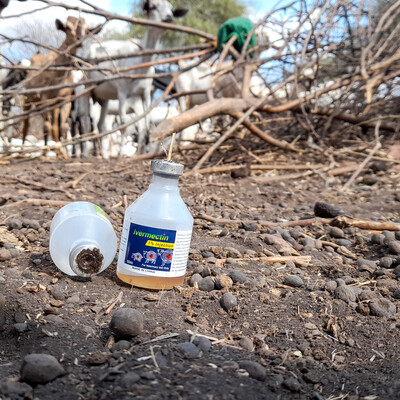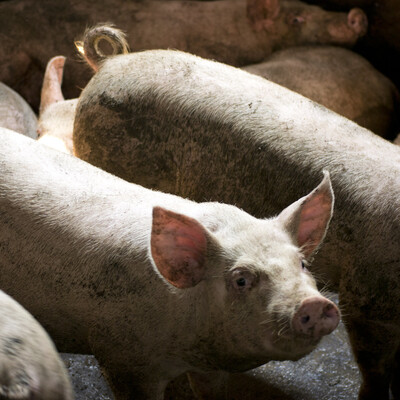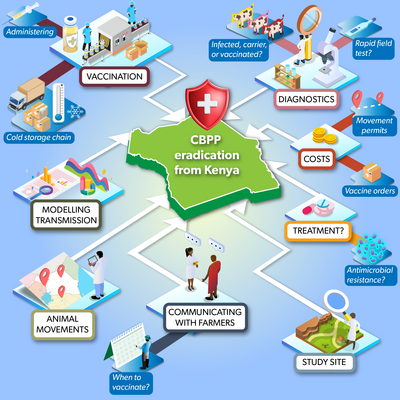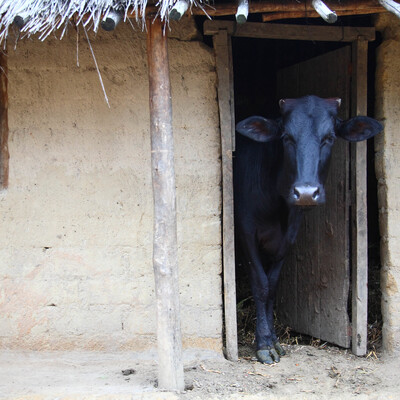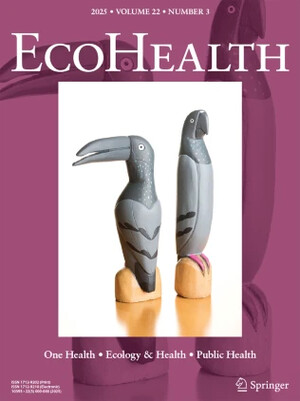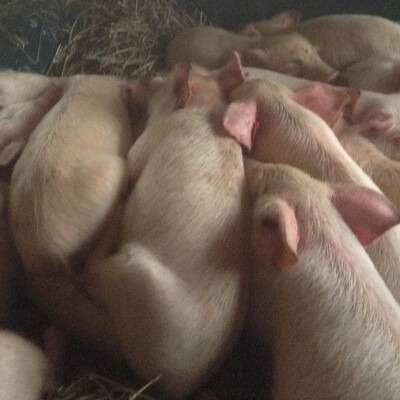
Emerging public health threats in Africa’s drylands
Goal
The goal of the project is to mitigate threats of vector-borne diseases in Mandera, Marsabit, Samburu and Turkana counties of northern Kenya.
Overview
Pastoralism is an important livelihood activity in the arid lands of northern Kenya. These lands also provide a natural habitat for a variety of wildlife species and rivers provide water resources upon which wildlife, livestock and people depend.
Zoonotic pathogens also circulate in this habitat, with biting vectors such as mosquitoes and ticks spreading infection from wildlife to livestock and people. As a result, pastoral communities are at high risk from emerging infectious diseases.
This project aims to understand how ecological, epidemiological and socio-demographic factors in northern Kenya converge for people and animals to be at risk of emerging pathogens.
The project also aims to develop capacity to prevent and respond to vector-borne disease threats through improved surveillance, detection and control measures.
The project uses a multi-layered approach to study and develop tools to address the vector-borne pathogens that cause Rift Valley fever, Crimean-Congo haemorrhagic fever and tularaemia.
Through co-funding, the project will support up to 10 PhD students.
Expected outcomes
- A dataset to identify and communicate measures that can be taken to reduce people’s risk of exposure to zoonotic pathogens.
- Modelling tools that will allow public health officials to make accurate, real-time forecasts of disease threats.
Partners
George Mason University
Georgetown University
Kenya Medical Research Institute
Smithsonian Institution
Turkana Basin Institute
University of Liverpool
University of Milan
University of Nairobi
US Army Medical Research Institute of Infectious Diseases
Walter Reed Biosystematics Unit
Zoological Society of London
Zoonotic Disease Unit, Kenya






